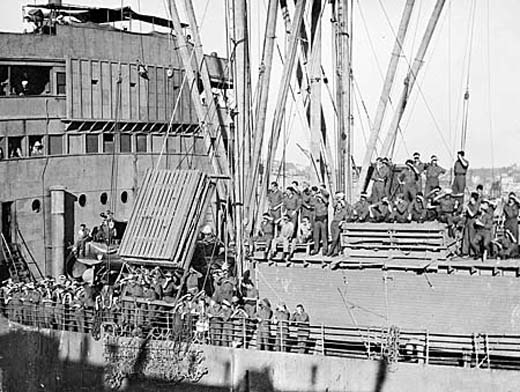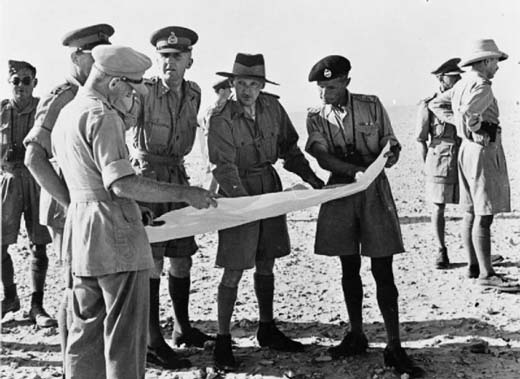Air Operations, Europe
- Squadron Leader Stephen Horthy, Vice-Regent of Hungary, is killed in action over the southern Russian Front. He was 38. BOMBER COMMAND
- 57 aircraft lay mines at many locations from Brest to Danzig; 5 Halifaxes on leaflet flights over France
- 3 Stirlings and 3 Wellingtons lost on mine-laying ops
Evening Ops:
Battle of the Atlantic
Naval land-based aircraft (VP-73) sink U-464 in the North Atlantic.
| Class | Type XIV |
| CO | Kapitänleutnant Otto Harms |
| Location | Atlantic, SE of Iceland |
| Cause | Air attack |
| Casualties | 2 |
| Survivors | 52 |
Eastern Front
The German advance southeast of Stalingrad is slowed by the Aksai and Myshkova Rivers.
SOUTHERN SECTORThe Soviets launch a new attack from the Kremensk bridgehead in an effort to pin the flank of the 6th Army and prevent the transfer of troops for the assault upon Stalingrad. Garibaldi's 8th Italian Army has deployed here, releasing German forces. The Soviet attack succeeds in forcin the Italians back but fail to prevent the 6th Army offensive. The 4th Panzer Army begins its attack from Abganerovo with Kempf's XLVIII Panzer Corps. Committing the 24th and 14th Panzer and 29th Motorized Divisions, the Germans run into strong Soviet defenses, many tanks being lost in minefields at Tundutovo. The 3 infantry divisions of Schwedler's IV Corps (94th, 371st, 297th) are also bogged down in heavy fighting with the 64th Army and fail to push away from their start lines, being strung out on a line from Tinguta to Abganerovo.
With heavy fighting at the gates of Stalingrad, in the Caucasus the 17th Army presses closer to Novorossysk, Krymsk falls after a bitter struggle as the Soviet defenses crumble.
[ Canberra Survivors Arriving in Sydney |
 |
Guadalcanal
The first planes arrive for duty at Henderson Field. A group of 31 planes, 19 F4F fighters and 12 Douglas SBD dive bombers, is flown in from the escort carrier Long Island (AVG-1) and is ready for action. They are the advance echelon of Marine Aviation Group 23 of the 1st Marine Air Wing, consisting of VMF-223 (19 F4F-4s) and VMSB-232 (12 SBD-3s). Supply and evacuation between Guadalcanal and Espiritu Santo is begun by Marine Aviation Group 25. Twin-engined R4Ds (C-47s) make daily flights from Espiritu Santo to Guadalcanal bringing in 3,000 pounds of cargo and evacuating 16 litter patients per trip. During the evening, the Japanese begin moving from the east toward the Tenaru. Units of the 1st Marine Division are involved in the evening with Japanese units advancing from the east, on the Ilu River.
[New Guinea
A Japanese force of 1,500 men from Buna and New Ireland prepares to land at Milne Bay, at the eastern end of the island.
[ Montgomery Discussing Troop Dispositions |
 |